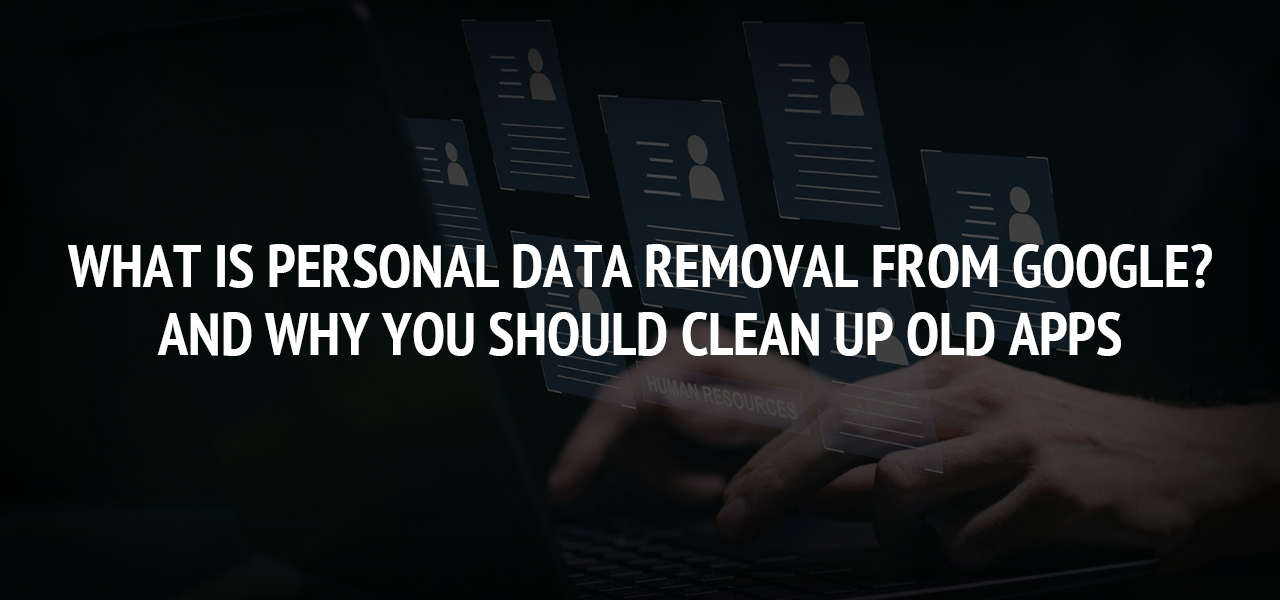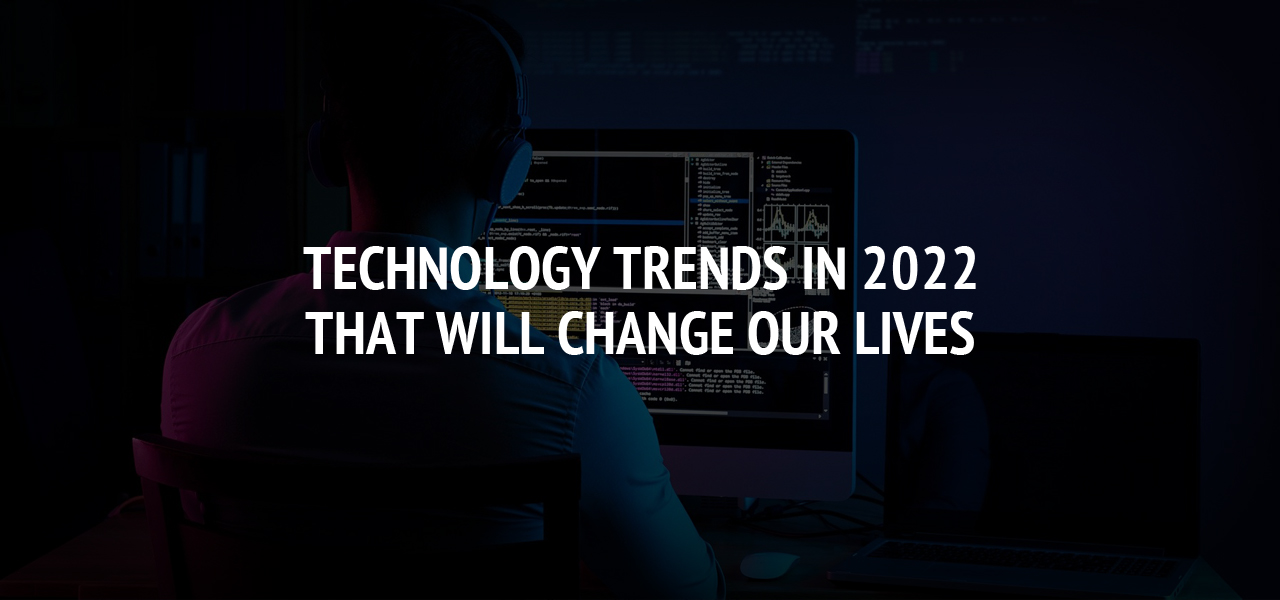What Is Personal Data Removal from Google? And Why You Should Clean Up Old Apps

We sign up for apps all the time. Weather apps. Budget apps. Fitness trackers. Game logins. It adds up fast.
But here’s the problem—every app stores your personal data somewhere. Even after you stop using it, your name, email, location, or even payment details could still be floating around in someone’s system.
And in many cases, that data also shows up on search engines like Google.
So what can you do about it? Let’s break down how personal data removal works and why deleting your info from old apps isn’t just smart—it’s necessary.
What Counts as Personal Data?
Personal data is anything that identifies you.
That includes:
- Full name
- Email address
- Home address
- Phone number
- Location history
- Search and app activity
- Photos
- Social security or ID numbers
Many apps also collect behavior data—like how long you use them, what buttons you click, or even what device you’re using. It might sound harmless, but over time it builds a detailed picture of your habits.
Some apps share this data with third parties. Others store it in cloud systems with weak protection. And once your data leaks, it could end up in search engines or scam databases.
"Most people don’t realise how much personal data they’ve left behind in old apps and accounts until it shows up in a Google search," says Alison Schrag, a privacy expert based in New York. "Cleaning up your online footprint isn’t just smart—it’s necessary for protecting your future."
What Does It Mean to Remove Your Data from Google?
Removing personal data from Google means getting your name, email, or other private info out of search results.
This doesn’t delete the content from the internet—it just hides it from being found on Google.
Google allows you to request removal for:
- Personal contact info
- Non-consensual images
- Sensitive login credentials
- Old documents with ID numbers
- Doxxing or harassment-related content
You can file a request using Google’s removal tool.
Google usually reviews requests in 7 to 14 days. If approved, the link will stop showing up in search. But the actual site will still need to be contacted to take the content down completely.
Why Apps Are a Huge Part of the Problem
Every time you download a new app, you agree to terms and conditions—usually without reading them.
That small click can mean you’ve:
- Shared your contact list
- Turned on GPS tracking
- Allowed marketing use of your data
- Synced your emails or photos
Now imagine doing that for 20 or 30 different apps over a few years.
According to a 2023 report by Norton, the average smartphone user has over 80 apps installed, but only uses about 9 per day. That means dozens of apps just sitting there—with access to your data.
And when you stop using them, most don’t automatically delete your account. They keep your profile in their system unless you manually delete it.
How to Start Cleaning Up Old Apps
You don’t need to be a tech expert to clean up your data. You just need a plan.
Step 1: List the Apps You Don’t Use
Start by looking through your phone or app store account. Write down any apps you haven’t used in the last 90 days.
Include:
- Fitness or diet apps
- Meditation or sleep apps
- Coupon apps
- Old games
- Dating apps
- Work or school tools from previous jobs
Even if you deleted the app, your account might still exist.
Step 2: Log In and Delete Your Account
If the app is still on your phone, open it and look for an account or profile section. From there, you’ll usually find a “delete account” or “manage data” option.
If you’ve already deleted the app, go to the app’s website, log in, and look for the same thing.
If you can’t find a way to delete your account:
- Email their support
- Check their privacy policy
- Search “[App Name] delete account” on Google
Take your time. Some apps make this harder than it should be.
Step 3: Revoke App Permissions
Go into your phone settings and remove app permissions. On Android and iPhone, you can see which apps have access to things like:
- Location
- Contacts
- Microphone
- Camera
- Files
Turn off any that don’t need access—or that you don’t use anymore.
Step 4: Check What’s on Google
Search your name and username. Look for any results that show private details, old accounts, or profiles you forgot about.
If something personal appears, you can:
- Request removal from Google (especially if it has contact info)
- Contact the site owner to delete it
- Use tools or services that specialize in how to remove negative search results from Google
Remember—Google is just showing what already exists. The key is removing the source when you can.
Why This Matters for Security
Data leaks happen all the time. Apps get hacked. Email lists get sold. The less personal info you have floating around, the safer you are.
In 2022 alone, over 422 million individuals were affected by data breaches in the U.S., according to the Identity Theft Resource Center.
Removing old accounts reduces your exposure. It also cuts down on spam, scam attempts, and identity theft risks.
Keep It Clean Going Forward
Make personal data cleanup part of your routine.
Once every few months:
- Review your app list
- Delete what you don’t use
- Revoke permissions
- Check your name in Google
- Update your passwords
It’s not about being paranoid. It’s about taking control.
Final Thoughts
Apps are a huge part of modern life—but they don’t need access to your past forever. Every old account you leave behind is another piece of data someone else can find.
Clean it up. Delete what you don’t use. Check what’s showing in search. And if needed, learn how to remove negative search results from Google to protect your name.
The goal isn’t to disappear. The goal is to stay in control of your own story—and your own data.
About The Author
Related Blog
View All-
Technology trends in 2022 that will change our lives
Thanks to digital transformation, the development of artificial intelligence, cloud computing and high-tech solutions, trading companies have overcome changes that were not there before. Today we are at the beginning of a technological wave that can bring both ...
-
Why Wishbox Is Tipped As The Best Food Delivery App In Qatar
Sitting at home feeling lousy and hungry but don’t want to cook? No need to worry anymore as Wishbox is here to aid you by ending all your cravings for tasty delicacies. Do not restrain yourself when you have Wishbox at your service. Enjoy a unique ...







